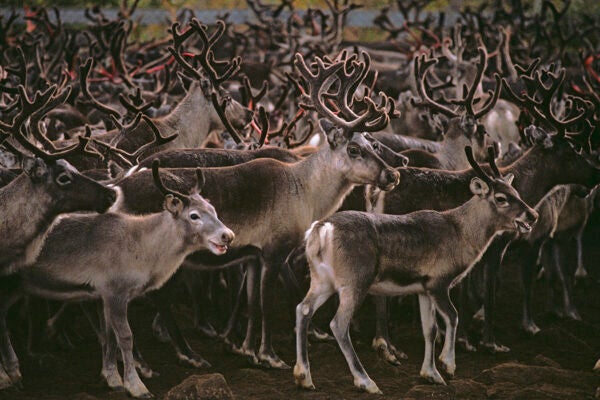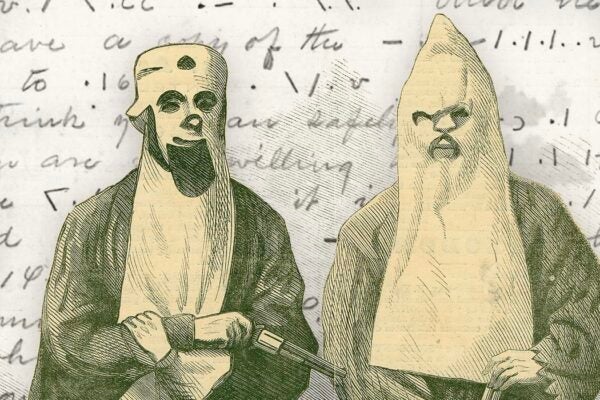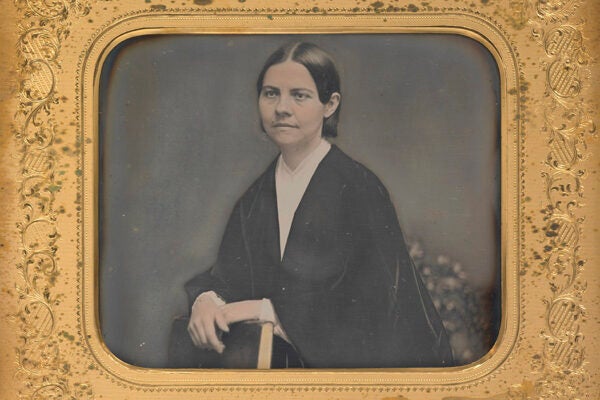June 1845. London. A notorious criminal testifies before a parliamentary committee. To call this unusual would be an understatement. But Frederick Gowing, known as the “greatest poacher in England,” was there to explain his business to a House of Commons Select Committee on the Game Laws. In so doing, he would pull back the curtain on a huge underground economy.
In his article for the Agricultural History Review, Harvey Osborne uses Gowing’s life to explore the realities of poaching in nineteenth century England. As he explains, poaching tended to be tolerated in rural communities, regarded by many as a survival crime (committed just by those who needed to eat).
“Opposition to the game laws, widespread across all classes, allied to the closely bound nature of the communities that typically produced offenders, meant that poachers generally enjoyed at least the tacit support of their neighbours and often more active forms of assistance,” he writes.
It’s easy today to romanticize the concept. For those of us living in a world of an industrialized food supply, the trade in illicit game seems abstract. Conceiving of it as part of a major underground economy is difficult. However, as Britain grew wealthier and more industrialized in the nineteenth century, the poaching economy was much larger than just underfed locals bagging the odd rabbit or grouse from the nearest Ducal estate.
“The enormous scale of the illegal trade in game,” writes Osborne, with more than
100,000 dozen pheasant and partridge eggs being carried to London in a typical season, required some reconciliation with an understanding of offenders that was largely dominated by the image of the village labourer “poaching for the pot.”
Gowing, born in 1804, would become a major player in this industry. He lived in a poacher’s paradise, adjacent to a well-stocked estate. Nearby Sudbourne Hall, “was primarily a sporting estate teeming with rabbits, hares, pheasants, partridges and wildfowl,” Osborne writes. Estimates have it
that 1,400 rabbits had once been killed within its environs on a single day. On another occasion, 3,000 hares were killed in less than a week and yet, despite this, “two hundred and forty more, alive and hungry” were reportedly counted in one field in the aftermath of the slaughter.
Gowing also ran his poaching enterprise as a business, sometimes employing dozens of men to work for him. But for historians to understand this kind of criminal network, picking up the threads can be hard. Gowing recruited un(der)employed men, often seasonal workers.
“Most of those who poached on Gowing’s behalf were ‘poor men out of employment,’” Osborne notes,
motivated by the need to make ends meet and determined to avoid the workhouse. In the event of capture and prosecution, they, perhaps like offenders everywhere, were more likely to emphasize this to magistrates than reveal their participation in an organized criminal conspiracy.
For historians trying to parse the situation from court records and other reports, this presents a challenge. It’s easy to see poaching prosecutions and assume they were just isolated petty crime incidents rather than part of a much bigger network.
But Gowing’s testimony in Parliament shows how big those networks could be and how they gained from this benefit of the doubt. According to Osborne, Gowing relied on traditional rural sympathies for poachers.
“He highlighted the community support that poachers normally enjoyed,” Osborne writes, “and provided a determined argument that poaching was not, in any case, a crime; ‘a poacher is not a thief…a thief is not a poacher and poaching is not thieving’.”
Meanwhile, the growing popularity of sport shooting meant that the big estates had a task in keeping their game supplies up. Poachers weren’t just catching and selling game for meat; they were taking live game to sell on to other estates.
“Shortly after the shooting season ended in late winter, landowners set their minds to enhancing the stock of game on their estates,” Osborne writes, “and according to Gowing, despite the normal enmity that existed between preservers and poachers, it was to the poaching community that game-preservers routinely turned for their supply.”
Gowing’s career shows that poaching as an industry was larger in scale than many in authority had realized, featuring organized crime and violence. He and his employees “had convictions for assaults on gamekeepers and policemen and had also been the victims of violence in encounters with local keepers.” For instance, “Gowing was ambushed by three of the Marquis of Hertford’s gamekeepers and beaten unconscious” when he was caught poaching. “His dog was shot by the keepers and ‘they nailed his skin to the top bar of a stile leading to the woods’ as a warning to other intruders onto the estate.”
Unlike many poachers, Gowing was smart—and affluent—enough to retain a specialist lawyer. He also knew his rights and understood the laws around game.
“He played the law at its own game,” Osborne notes. When the game laws were reformed in 1831, introducing a new licensing system, the
annual cost of the £2 game license lay beyond the reach of many rural workers, but not Gowing. Every year he bought one. A license alone did not provide a person with the right to kill game; this was still subject to property rights and the subsidiary restrictions of the game laws on hunting on common land or public roads, but it did otherwise permit an individual to have dead or live game in their possession. Gowing called this potential loophole “the greatest opening in the world for any man.”
As long as he wasn’t caught trespassing, Gowing could plausibly claim his catches had come from somewhere it was legal to hunt.
In a final career turn, Gowing took a new job in April 1855: he became a gamekeeper. This new direction wasn’t in itself so unusual.
Weekly Newsletter
“Game-preservers often knowingly recruited individuals with a background in offending based on assumptions that such men had useful knowledge of the habits of poachers and thus ‘set a thief to catch a thief,’” Osborne explains.
On that basis, Gowing was probably the best-qualified in the land. He also knew who to call when they needed to restock the estate.







